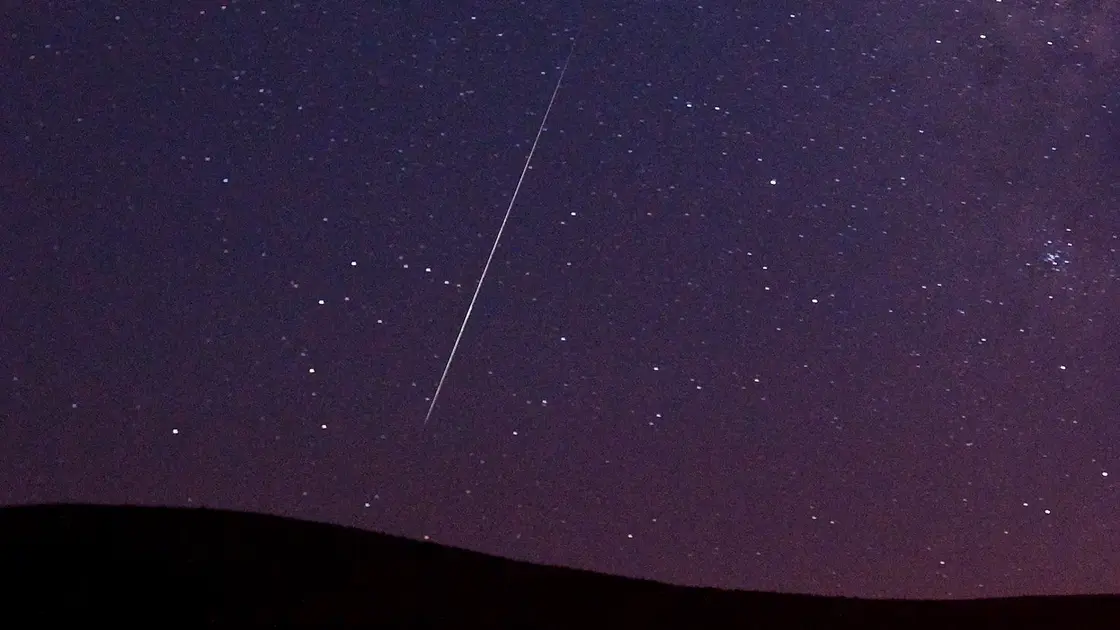T4K3.news
Perseids Peak This Week
The Perseids peak around August 12 with a bright Moon nearby; a dark site and patience can still deliver a memorable show.

A practical guide to watching the Perseids as the Moon complicates the display this year.
Perseids Peak This Week Despite Full Moon
The 2025 Perseids peak around August 12 at 03:00 UT, with northern Europe favored before sunrise and North America entering the stream a few hours later. Radiant activity rises in the northeast around local midnight and the display can continue into dawn if skies stay clear.
Observers can expect between 50 and 100 meteors per hour at dawn under good conditions. The shower’s source is comet 109P/Swift-Tuttle, linking this year’s show to a long arc of astronomical history. The Moon will be waning gibbous near Pisces, which lowers the number of faint meteors but can still deliver bright fireballs. To maximize the view, pick a dark site and let the Moon’s glare disappear behind a hill or building; the event can also be watched via live streams, such as the Virtual Telescope Project, when weather blocks the sky.
Key Takeaways
"The peak for 2025 is expected to occur right around August 12th at 03:00 UT"
Timing of the peak
"The Perseids are often referred to as the Tears of Saint Lawrence"
Cultural note on the shower's name
"Even with the Moon, planning can still bring a good show"
Viewing strategy and resilience
"Fireballs light up the sky and leave a brief trail"
Observation of meteor brightness
The piece highlights a hands on hobby that stays relevant in a digital era. It blends practical tips with a sense of tradition, reminding readers that the sky remains a shared stage for science and wonder. This year the Moon tests observers, pushing them toward smarter planning and patience rather than quick shortcuts.
Urban viewers get alternatives through online broadcasts, showing how stargazing is evolving from solitary vigil to collective experience. The story also threads in history, noting Swift-Tuttle dates back to ancient observations, which grounds a modern hobby in deep time.
Highlights
- The night sky forgives the city if you listen
- Patience is the best telescope
- The Perseids turn the hours before dawn into a brief bright show
- Fireballs light up the darkness and vanish in an instant
Patience is part of the spectacle and the science.
Enjoyed this? Let your friends know!
Related News

Perseids peak next week
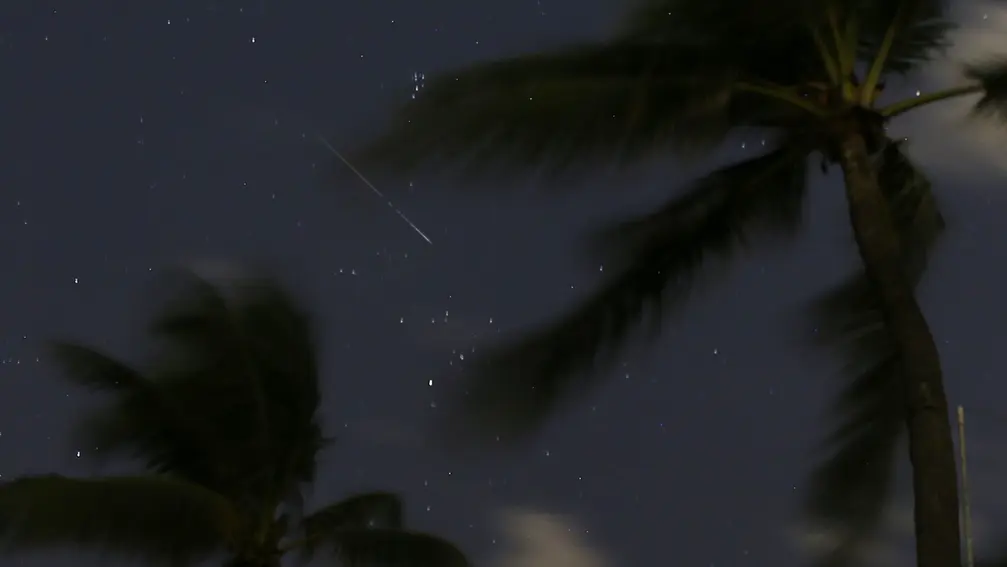
Perseids 2025 peak dimmed by bright moon
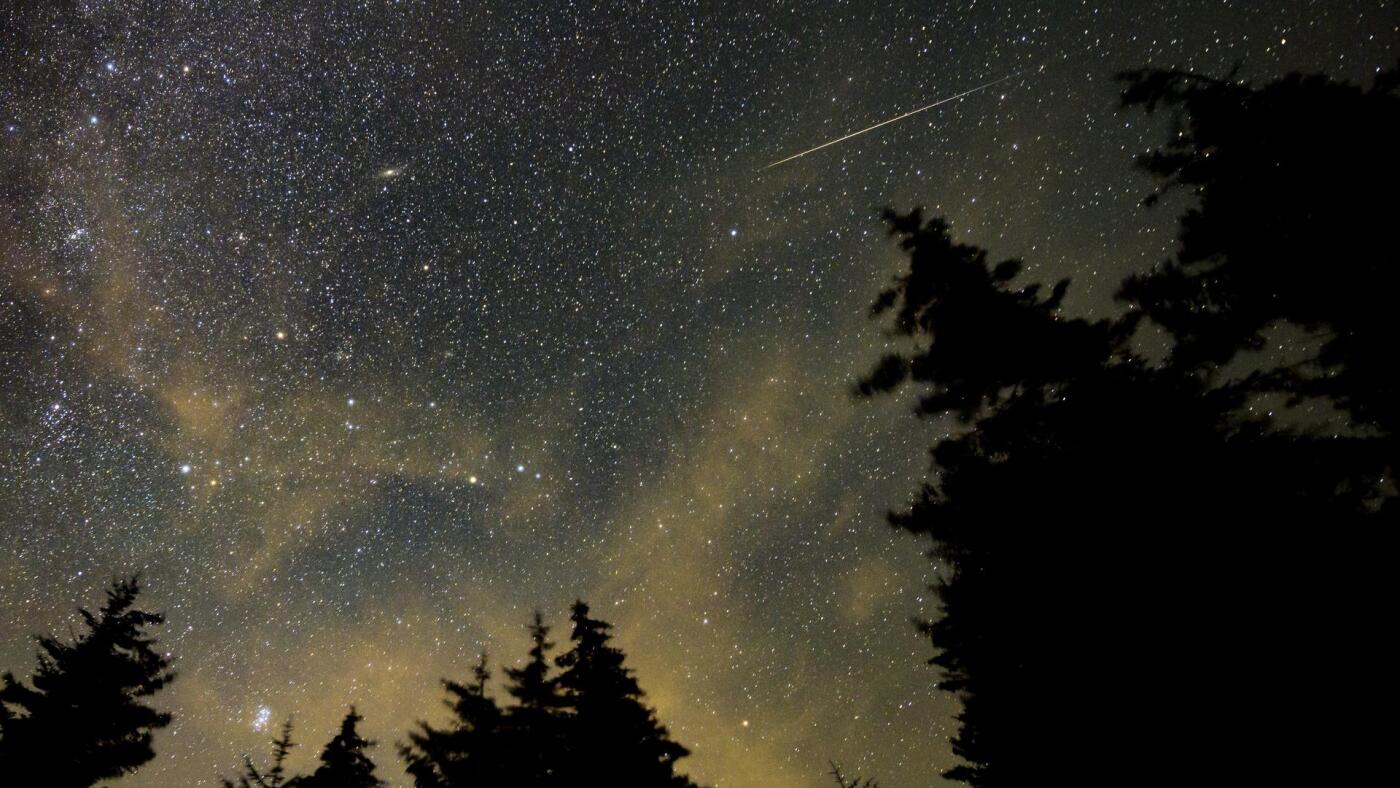
Meteor showers peak this week
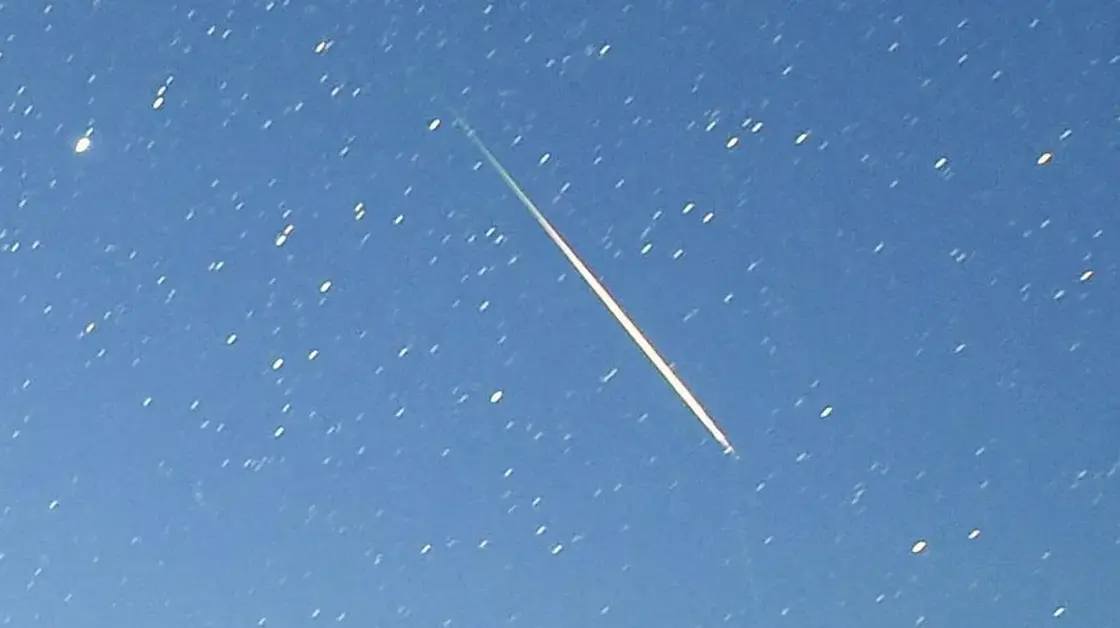
Perseid meteor shower peaks next week
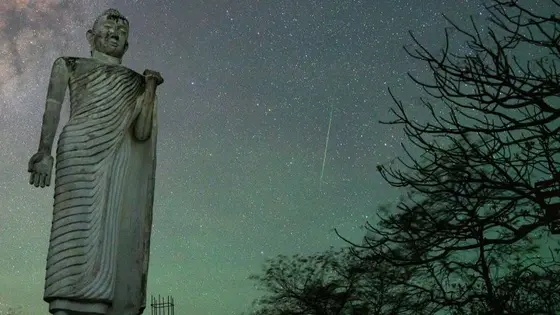
Alpha Capricornids and Southern Delta Aquariids peak this week
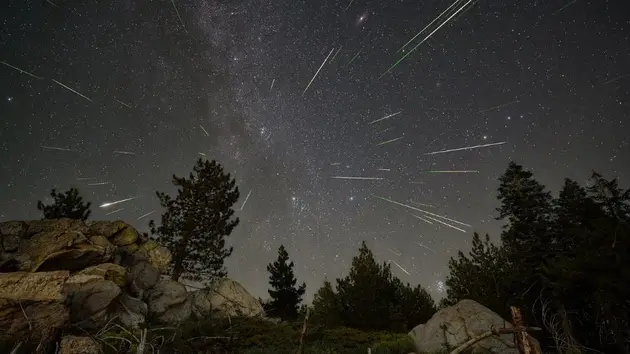
Planet parade and meteor shower over Seattle

Double meteor shower peaks this week
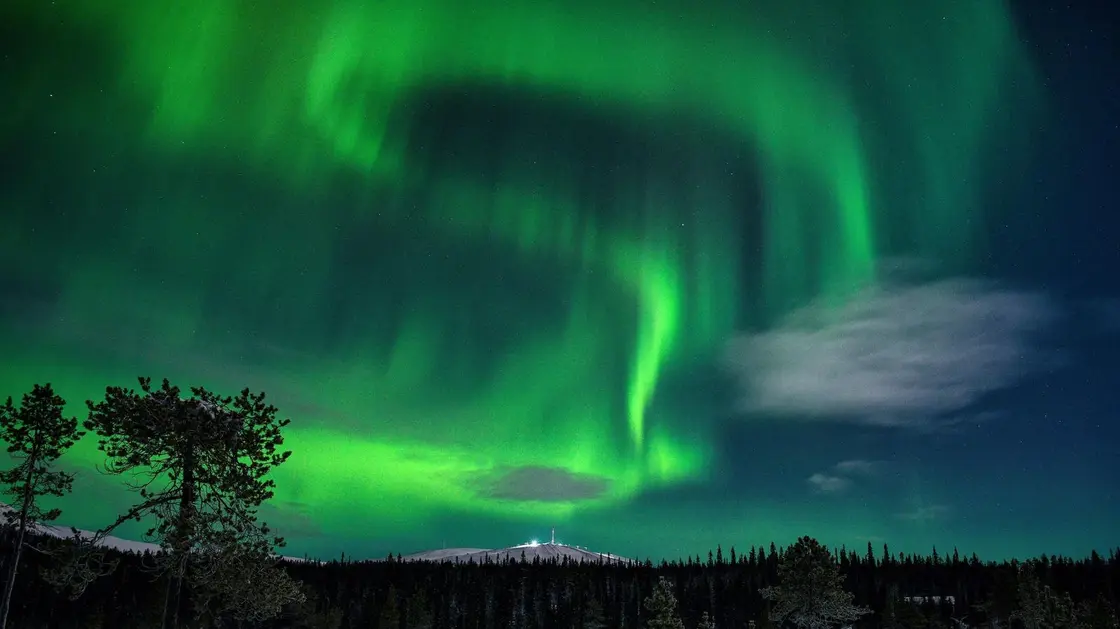
Northern States May See Aurora Borealis
